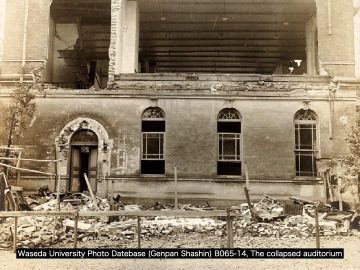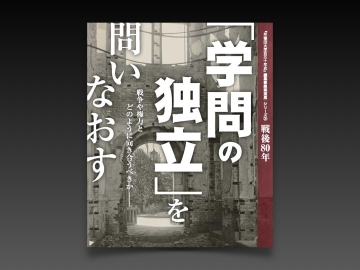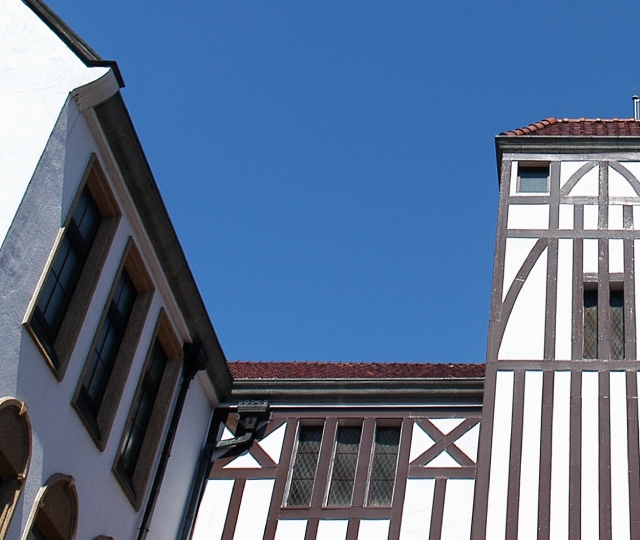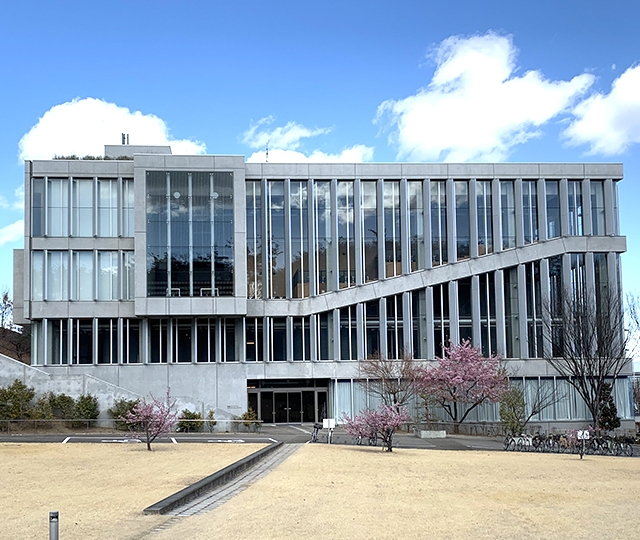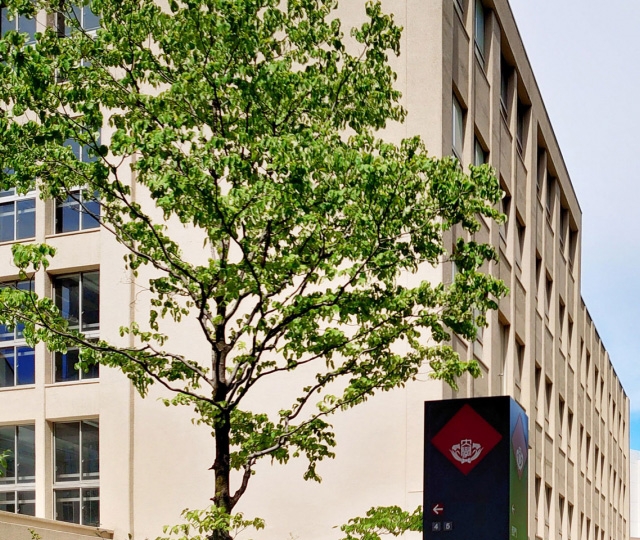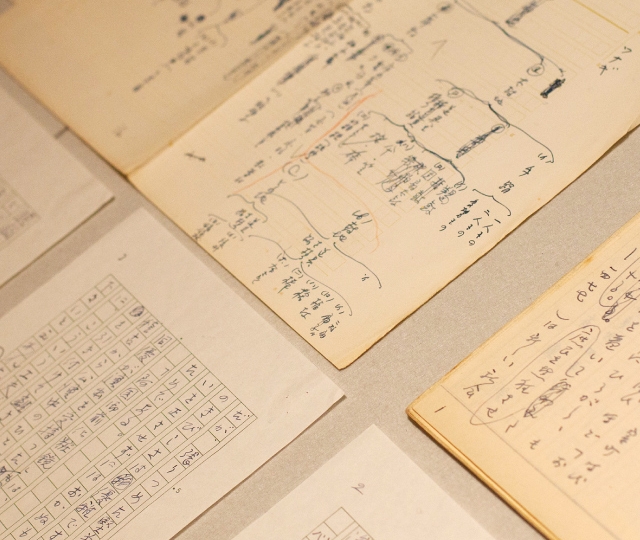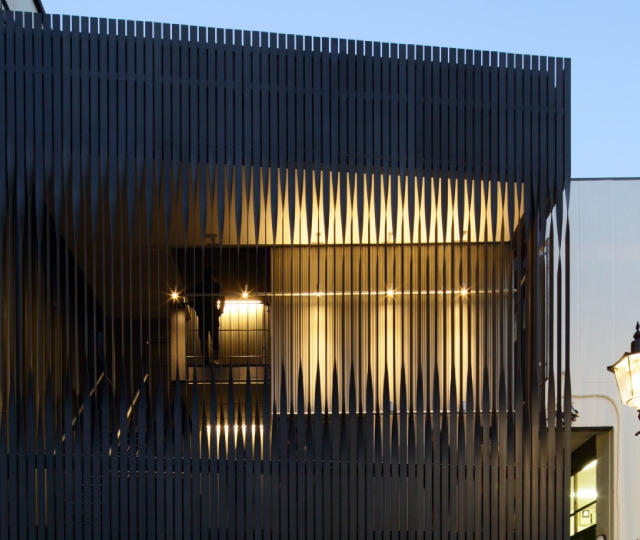A working student’s memories
Shigeharu Takagi
Waseda University Archives
In 1902, the former Tokyo College was designated as a full university and became Waseda University. Until the newly enacted University Act in 1920, the university established several academies for specific subjects. As the number of academies increased, so did students. The mere 196 students in 1902 grew into 709 by 1912, and to 2,345 by 1922.
What kind of students attended these academies? Waseda Universiy Archives suggests that many students were from farm households. Generally, students from wealthy backgrounds of nobles, financiers, and military officers did not attend these academies. Based on student and graduate statistics, we understand that students came from regions across the country.
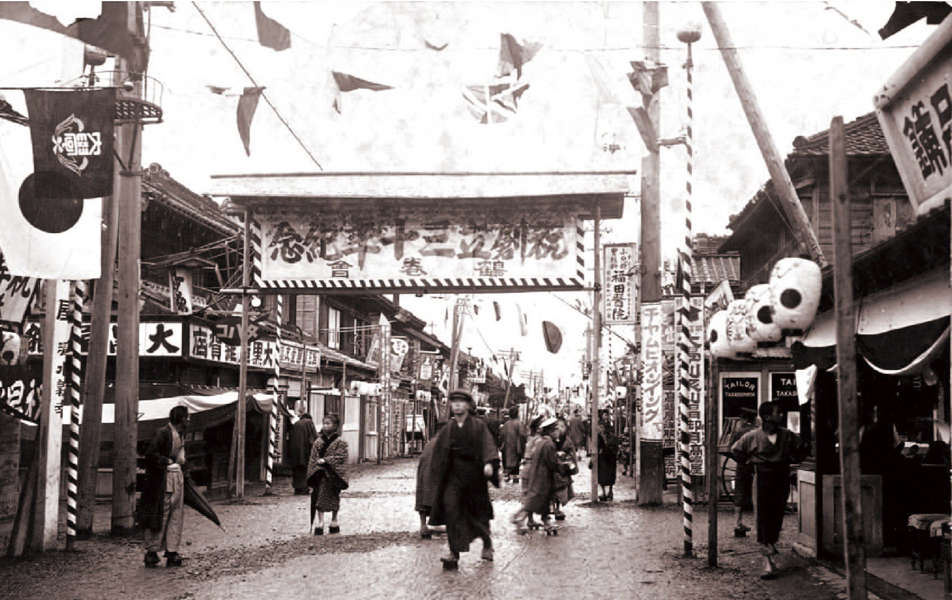
Tsurumaki, a popular place among students in the Taisho era
During this era was a fully realized student district to support students coming from everywhere around the country. Many students passed their time in nearby areas, particularly Tsurumaki, were lodging houses, cafeterias, used book stores, and movie theaters lined the streets.
Former Committee Chairman of the Social Democratic Party of Japan Mosaburo Suzuki is one student who passed time at this district while studying for two years from 1915.
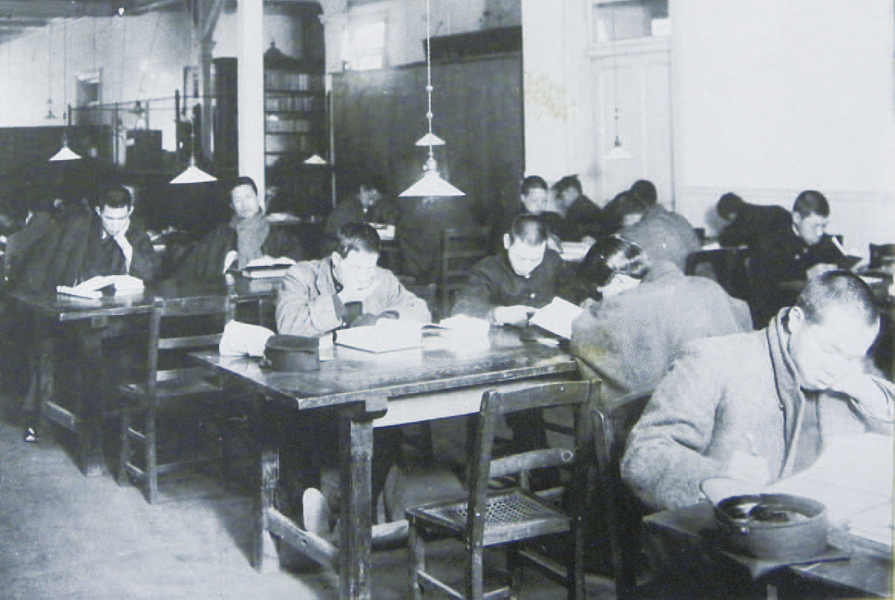
Students studying hard in the library (1914)
Suzuki who was born into a fallen samurai family in Gamagori of Aichi Prefecture would often sell bananas and picture postcards at night shops in Kandajinbocho to cover tuition and living expenses. Although awkward at first, Suzuki grew accustomed to being spotted by acquaintances while working. Suzuki was not always successful when it came to selling bananas and would grow hopeless when he failed to sell despite loud solicitations to passers-by. However, he was able to eventually realize his long-held desire of living in a lodging house before graduating. Suzuki describes his experience as a “lifelong memory.” His experiences working to cover his own tuition costs was a starting point for him to grow interested in wider issues affecting society.
Based on Suzuki’s memories as a student, we can infer that living in a lodging house in the student district was desirable among students and of high status.


